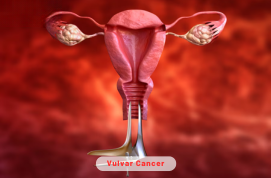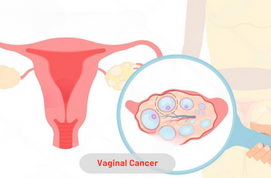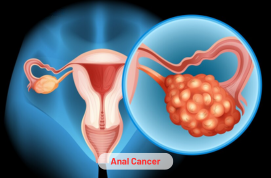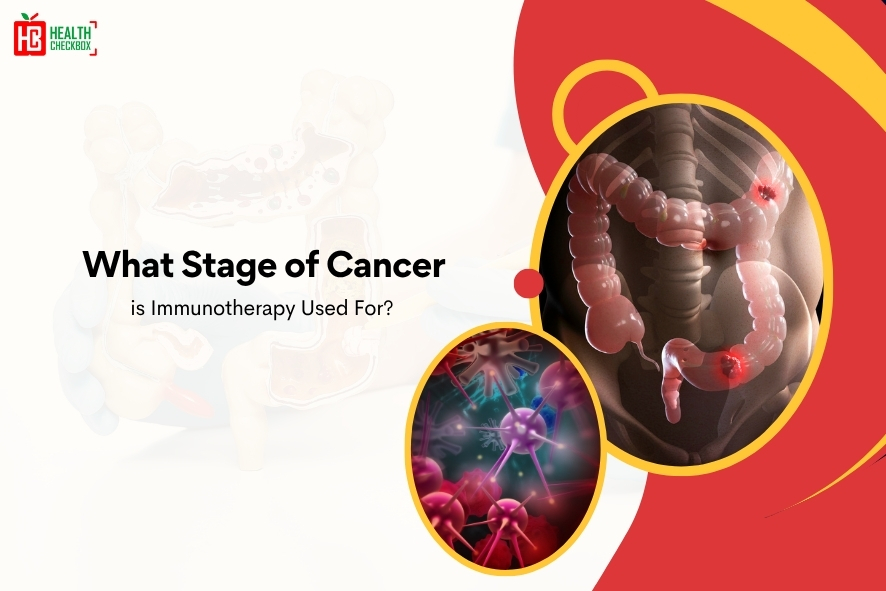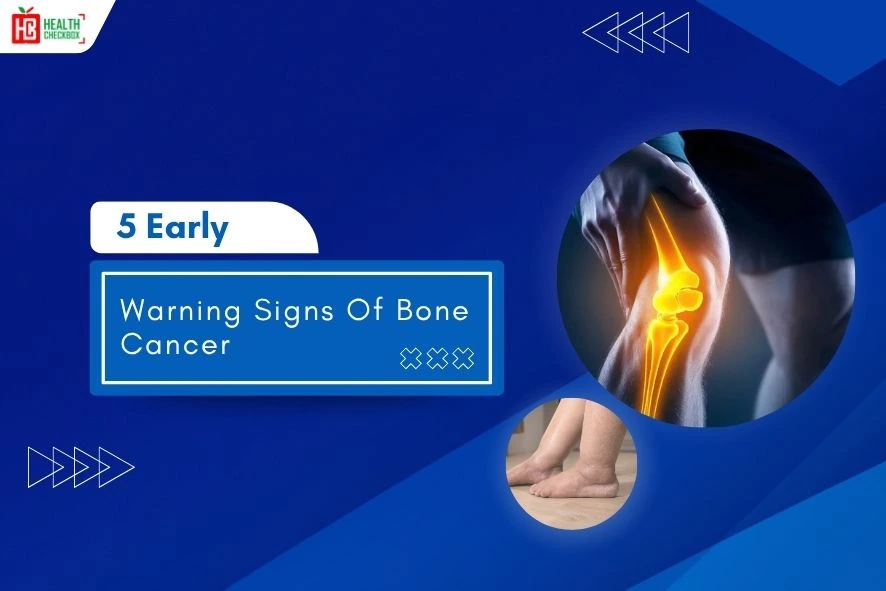Uterine carcinoma is a condition that develops when uterine cells multiply out of control in the female internal reproductive organ. This particular type of cancer typically affects the female reproductive system. The uterus is a pear-shaped organ, which is located in a woman’s pelvis between her hip bones. When healthy cells begin to grow and change, the uncontrolled growth and reproduction cause uterine cancer to form a lump, which is called a tumor. The majority of women with this disease have experienced menopause. It’s sometimes referred to as uterine cancer and is the most common gynaecological cancer worldwide. With the right uterine cancer treatment and diagnosis care, this cancer is curable. The removal of the uterus is the first-line treatment that is given to the affected patients. In comparison to other cancer types, it has a significantly higher survival rate.
Uterine carcinoma is a medical condition that occurs when there is uncontrolled growth of the cells of the uterine lining in a woman. Usually, this type of cancer is associated with the female reproductive organs. The uterus is a hollow organ that is present in the pelvis of a woman between the two hip bones. Normally growing and altering healthy cells, the inability to control the excessive growth and reproduction that results in uterine cancer leads to the formation of a mass dubbed as a tumor.
Types of Uterine Cancer
There are two main types of female uterine disease:
- Endometrial Cancer: It is a cancer type originated in the endometrial cancer which starts from the lining of the uterus, and is often associated with an excess of estrogen in the body. Compared to Type 1 endometrial cancers that grow relatively slowly, the Type 2 endometrial cancers grow at a much faster pace and have a greater tendency to spread.
- Uterine Sarcoma: This is one form of rare tumors known as cancer of the uterus. They originate from the uterine muscle or other connective tissue of the uterus instead of the endometrium. Generally, uterine sarcomas are much more aggressive and tougher to treat than endometrial cancers.
Other Types of Endometrial Cancer
- Serous Adenocarcinoma: These tumors have a greater tendency to spread to the lymph nodes and other parts of the body.
- Adenosquamous Carcinoma: This uncommon form of uterine cancer is associated with both squamous cell carcinoma and endometrial adenocarcinoma of the uterine outer layer.
- Uterine Carcinosarcoma: This is an exceptional case of carcinosarcoma uterus. It contains cancer cells that resemble sarcoma and endometrial cancer. There is a significant chance that this type of cancer will spread to the body’s lymph nodes and other parts.
- Papillary Serous Carcinoma: Only a small number of cases have been identified globally due to its extreme rarity.
Uterine Cancer Causes & Risk Factors
Some factors that can increase the risk of uterine cancer include:
- Being Overweight or obese
- Medical history or family history of uterine, ovarian, or bowel cancer
- Heavy or prolonged bleeding
- Infertility
- Late menopause
- Blood pressure
- Diabetes
- The starting period before the age of 12
- Polycystic ovary syndrome (PCOS)
- Age
- High-fat diet
Endometrial Cancer Symptoms & Warning Signs
Various symptoms of endometrial cancer or uterine sarcoma are listed below:
- Pain or cramping in the pelvis
- Abdominal pain
- Weakness
- Painful urination
- Excessive bleeding at the age of 40 or above
- White discharge from the vagina
- Pain during sex
- Vaginal bleeding before menopause
- Blood in pee
- Light spotting or bleeding after menopause
Stage of Uterine Cancer
The stage of endometrial cancer is crucial to determining one’s prospects of treatment success and options. Tumors at comparable stages tend to have similar prognosis and are commonly treated alike.
- Stage 1: It refers to cancer detected in the uterus.
- Stage 2: This stage indicates that the womb and cervix have been affected by the tumor.
- Stage 3: The third phase signifies that the cancer has spread to the ovaries, fallopian tubes vagina, or lymph nodes in the stomach or pelvis from the uterus/cervix.
- Stage 4: It means cancer affects into the stomach, rectum, bladder, and bowel, among other areas of the body.
How can it be diagnosed?
Healthcare experts may recommend some tests. These are listed below:
- Pelvic examination
- Pelvic ultrasound
- Endometrial biopsy
- Hysteroscopy and biopsy
- CT & MRI scan
- PET scan
- Blood test
Options for Uterine Cancer Treatment
In addition to considering age and underlying medical conditions, a doctor will determine the optimal course of treatment based on the conditions, forms stage, and the features. Here are some options for uterine cancer treatment:
- Surgery: It is an effective aid for uterine cancer. Along with the ovaries and fallopian tubes, the uterus is removed during the surgery treatment. If the cancer spreads the medical professionals can examine tissues and other organs. A endometrial cancer hysterectomy is a surgical process in which the patient’s uterus and cervix are removed. The following list of hysterectomy procedure types is provided:
- Total abdominal hysterectomy
- Vaginal hysterectomy treatment
- Radical hysterectomy
- Minimally invasive hysterectomy
- Radiation Therapy: In this process, this treatment refers to the use of x-rays or radiation light beams to kill cancer infected cells. This radiation for endometrial cancer procedure reduces the possibility that the cancer will return.
- Chemotherapy: Following radiotherapy or surgery, when cancer returns. It was once used to manage cancer. Drugs are used or injected into the veins of the patients.
- Hormone Therapy: This treatment is given when cancer is spread or returns. When surgery is not possible, then a doctor can recommend this procedure.
- Targeted Medical Aid: It is a drug treatment that attacks cancer cells to stop cancer from spreading. This is also known as lenvatinib, when cancer is spread and comes back.
Latest Health Tips
Can Immunotherapy Cure Stage 4 Lung Cancer?
Early Signs of Cervical Cancer
Foods that Kill Cancer: Leafy Vegetables, Grains, & More
What Stage of Cancer is Immunotherapy Used For?
Which is Worse for Cancer, Sugar or Alcohol?
Vaccines That Prevent Cancer
What Kills Cancer Cells in the Body Naturally?
Early Warning Signs of Bone Cancer
Submit Your Enquiry
Testimonials










